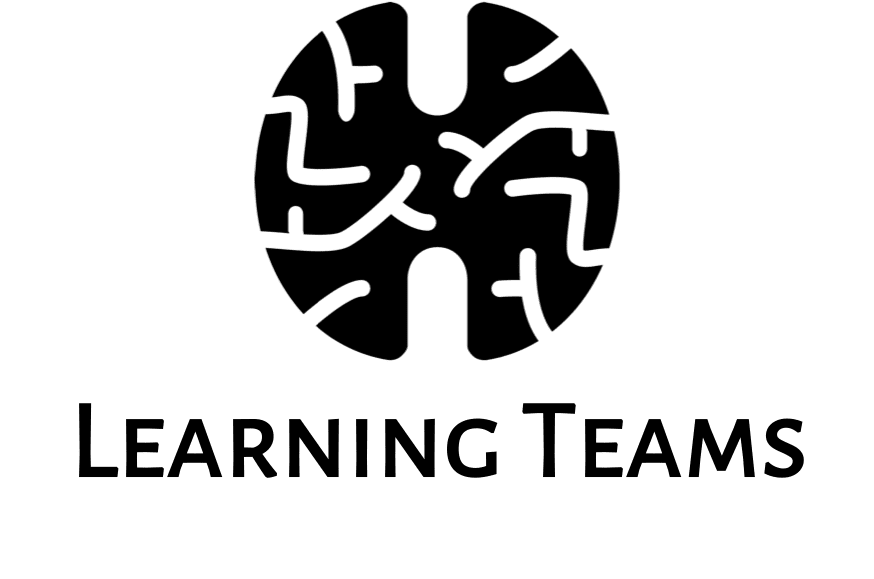
Learning Teams are part of a way of looking at safety differently by a facilitated approach to worker engagement and supporting the empowerment of people to own health and safety.
Learning Teams seeks to identify the difference between “Work as imagined” (WAI) and “Work as it is actually done” (WAD) and to facilitate guided discussion of the difference between WAI and WAD to drive improvements in health and safety culture.
Learning Teams is notable because it encourages organisations to obtain and consider different perspectives and angles to define a problem in a group context. The different perspectives that emerge from a Learning Teams group demonstrate that no one person holds all the knowledge needed to solve complex problems. This is particularly so in a workplace safety context. Learning Teams involves facilitated engagement (a facilitator) with workers to understand and then learn from the opportunities that are presented by everyday successful work.
Opportunities for Learning

Organisational and Worker Learning
Learning Teams support both worker learning and organisation learning by allowing stakeholders (workers, contractors, health and safety representatives, unions, management, suppliers and officers) to better understand when, how, and why, people do things differently from following formal, written procedures. By understanding what is necessary to make sure things go right, it is possible to focus on ensuring that factors which make things go right are present in the workplace every day. This process also helps to identify the gap between WAI and WAD.
Different Thinking About Safety
Learning Teams can be more effective in involving workers in problem identification and solving than traditional methods of thinking about health and safety. Learning Teams give workers and contractors an opportunity to highlight the things they believe underpin positive outcomes at work. This includes factors that are not necessarily identified by traditional safety observations, auditing processes, safe systems of work, training or supervision.
